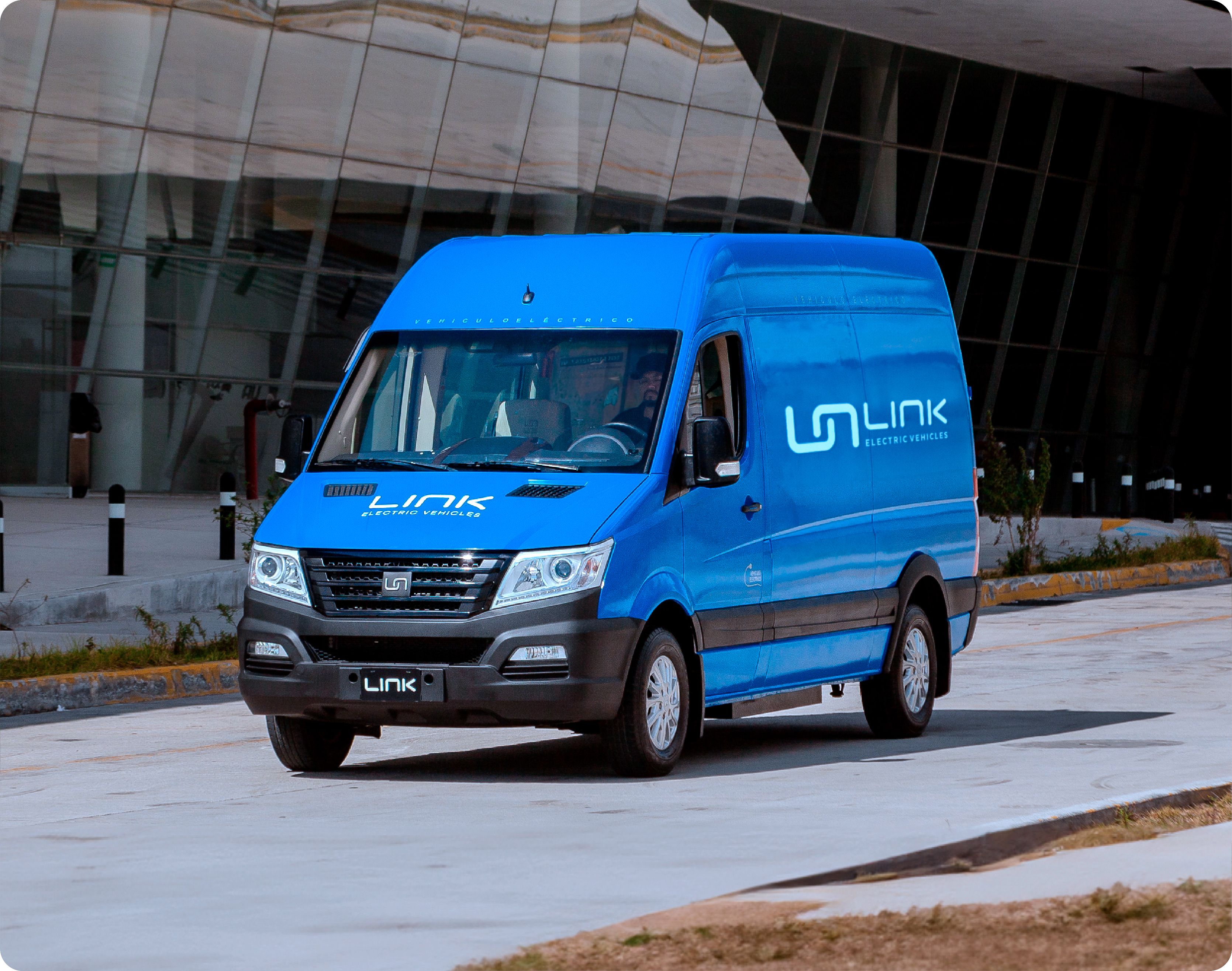Transition to Electric Vehicles: A Practical Guide for Businesses

The transition to electric vehicles (EVs) is a growing trend in the business world, offering significant benefits for sustainability and operational cost reduction. However, this shift is not always suitable for every type of fleet or organization. Therefore, it is crucial to assess feasibility, determine the right timing, and implement detailed planning at every stage of the transition. Below are the key elements to start this process successfully.
Feasibility Assessment
Before starting, it is essential to determine if your fleet is ready to adopt EVs. Various factors must be analyzed, such as the type of vehicles needed, customization options (upfitting), driving distances, parking locations (at home or depots), and, critically, the availability of charging infrastructure. The company's sustainability and corporate social responsibility goals also play a key role in this decision.
If sustainability is a core operational value, this transition could be a priority. Conversely, if the primary objective is cost reduction, a short- and long-term profitability analysis is necessary. Collaborating with a fleet management company (FMC) can be highly beneficial for this evaluation. Key factors to consider include:
- Current usage patterns: How and when are vehicles used in the fleet?
- Growth projections: How much is the fleet expected to grow in the coming years?
- Range, payload capacity, and customization requirements: Do the available EVs meet these needs?
- Total cost of ownership (TCO): What are the projected costs from acquisition to maintenance?
- Charging and service infrastructure: Are suitable facilities available for charging and maintaining EVs?
Early vs. Late Adoption
For most fleets, the question is no longer whether to electrify but when, given the rapid growth of EV models and accessibility to battery technologies. However, the optimal timing of adoption may vary depending on the application:
Short-Term Transitions:
- Light fleets (sedans, SUVs, vans).
- Predictable and repeatable usage profiles, such as last-mile delivery routes.
- Companies prioritizing sustainability.
- Sectors such as utilities, universities, government agencies, and transportation companies.
Long-Term Transitions:
- Heavy-duty fleets.
- Vehicles requiring additional auxiliary equipment.
- Applications with high variability in routes and adverse weather conditions.
- Security or defense applications requiring specialized features.
Next Steps for EV Integration
The next steps depend on your fleet's structure and company timeline. With demand for EVs projected to outpace supply in the coming years, advance planning is crucial.
For Immediate Adoption:
- Reserve and procure EV models that best suit your needs.
- Secure an appropriate delivery schedule.
- Install and test the necessary charging infrastructure.
- Optimize operations alongside the FMC, considering energy providers for charging management.
- Train operators on EV use and maintenance.
- Leverage tax incentives and grants.
For Long-Term Integration:
- Define a gradual electrification timeline.
- Stay updated on new models and technological developments.
- Conduct pilot tests to evaluate EV performance in various applications.
- Plan for increased electrical capacity for future charging points.
- Secure facilities for a seamless transition while taking advantage of available incentives.
Comprehensive Vehicle Lifecycle Planning
A successful transition depends on early planning and a thorough analysis of operational needs. Work with strategic partners to address all aspects, from vehicle acquisition to retirement, ensuring efficiency and profitability at every lifecycle stage.
- Financing, leasing, and renting: Evaluate the best financial option for your company.
- Customization and optimization: Ensure vehicles are configured to meet your company’s specific requirements.
- Charging infrastructure: Ensure adequate charging facilities for EV operations.
- Technical support and maintenance: Ensure the availability of assistance to minimize downtime.
- Re-marketing strategies: Maximize resale value.
Gaining Stakeholder Commitment
Transitioning to EVs poses challenges, and securing commitment from top management and operational teams is essential. Sharing clear data on the operational and economic benefits of EVs can generate support. Additionally, pilot programs allow you to test technology and adapt processes with minimal risk.
Finding a Partner for EV Planning and Implementation
An excellent example of support in this transition is the specialized EV team at Supercool Mobility Centers. They advise businesses by reviewing operations, determining the optimal time for EV adoption, and providing the latest industry updates. This specialized team can offer a comprehensive solution, from selecting vehicles to implementing charging infrastructure and complementary solutions, facilitating successful EV adoption for businesses.
Future Perspectives
The transition to EVs is a vital step toward sustainability and fleet modernization. Growing environmental pressures, emission regulations, and market interest are driving more businesses to adopt these solutions. Investing in EVs not only reduces the carbon footprint but also optimizes operational costs, strengthening long-term profitability.
Conclusion
Fleet electrification requires planning, assessment, and commitment. At Link EV, we offer comprehensive solutions to guide businesses through every step of the process. From selecting the right vehicle from our wide variety of options, to implementing advanced charging infrastructure with QiOn technology, our team is ready to help you reduce costs and achieve sustainability goals.
Contact us to begin your journey toward a more efficient and sustainable fleet.

